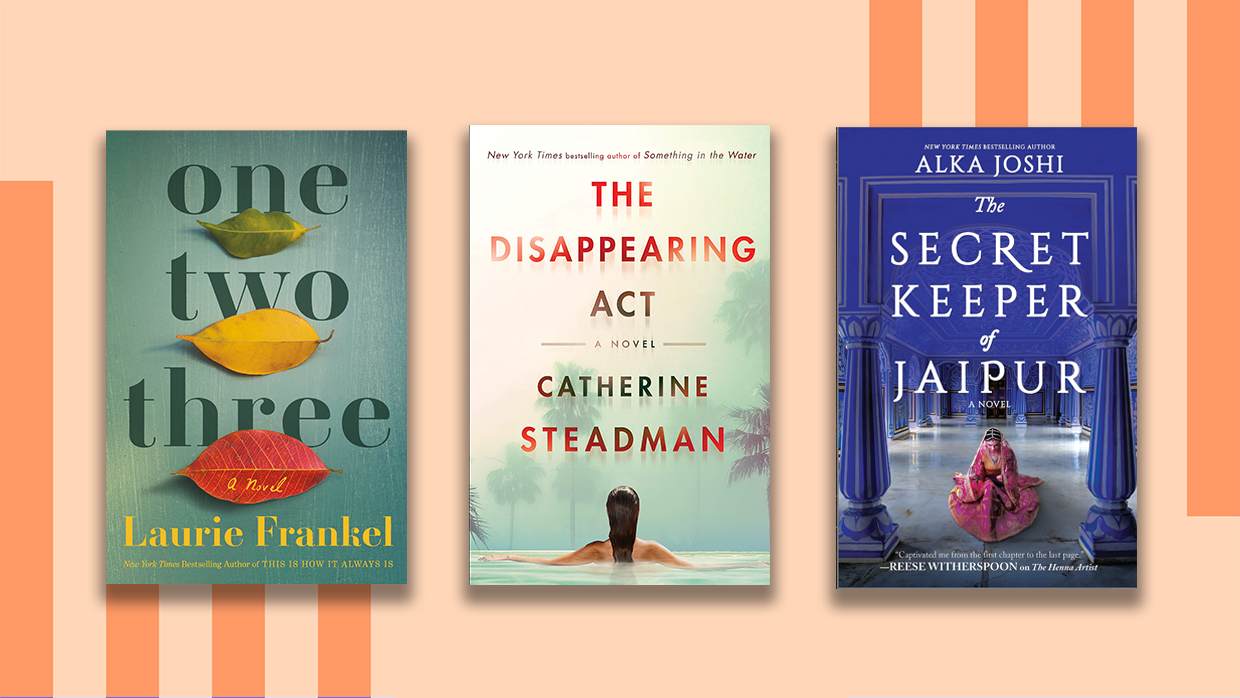For years, I wanted to write a book about two sisters in Belfast, but I didn’t know how. My family is partly from Ireland, and I’ve always been fascinated by the Troubles, the struggle over Irish independence. But how could an outsider write about such a long, fraught conflict? How could I inhabit characters from Northern Ireland, their landscape, their voices? A Belfast accent is notoriously difficult for actors—how could I ever hope to get it across on the page?
Then, about three years ago, I became pregnant, and suddenly the story snapped into focus. The narrator, Tessa, wouldn’t be a member of the Irish Republican Army, or a victim—she would be an ordinary woman, like me, trying to raise a baby in a world that feels increasingly threatening. That mix of love and fear was something I understood in my bones.
“She would be an ordinary woman, like me, trying to raise a baby in a world that feels increasingly threatening.”
I had my character now, and a way into the story, but I still needed to do the research. It’s fair to say that I became completely obsessed. I watched documentaries, listened to political radio shows, and read doorstopper histories of the Troubles. Each piece of information set off a cascade of other names and stories to discover. I decided to set the book in the present, rather than during the Troubles, partly because the IRA is still active today, still recruiting, still planning operations, and partly because the story felt urgent and contemporary: we’re all living against a backdrop of changing threat levels.
About halfway through the writing, I traveled to Belfast with my husband and eight-month-old baby. We stayed in a small brick terraced house off the Lisburn Road, which became Marian’s home in the novel. I interviewed former IRA members, a counter-terrorism detective, and journalists who had covered the region since the Troubles. These interviews were constantly surprising. I learned that one way the new IRA raises money is by renting out hot tubs and children’s bouncy castles for parties, and that it launders cash through tanning parlors and nail salons. A security journalist told me of arranging an interview with a paramilitant, being blindfolded and driven to a secret location, and sitting down with a masked man who, before the interview began, politely offered her a cup of green tea.
“What would cause two women from the same family to make such different decisions?”
I learned about the women of the IRA, many of whose names had been conspicuously absent from accounts of the Troubles. I heard of teenage girls, mothers, and schoolteachers with double lives as members of IRA active service units. I heard of two sisters, one of whom moved away for university while the other joined the IRA, and wondered what would cause two women from the same family to make such different decisions, and if they’d ever be able to find each other again after that rift.
In Belfast, I filled notebooks with scraps of overhead dialogue, to train my ear, to learn when one might snap “Catch yourself on,” or mutter, “You’ve lost the absolute run of yourself.” Outside the city, I drove along the dramatic, castle-studded north coast, and spent time in Greyabbey, the sleepy village on a lough where Tessa lives, watching the light on the water.
That place by the lough, and all of Northern Ireland, felt intensely familiar, like something I’d once known and forgotten. Of course this is the number 10 bus, of course this is the view from the BBC canteen, of course this is the road that leads to the north coast. Being in Belfast was like a prolonged, perpetual state of déjà vu. I was nervous to write this book as an outsider, but once I started, the process felt like coming home.



